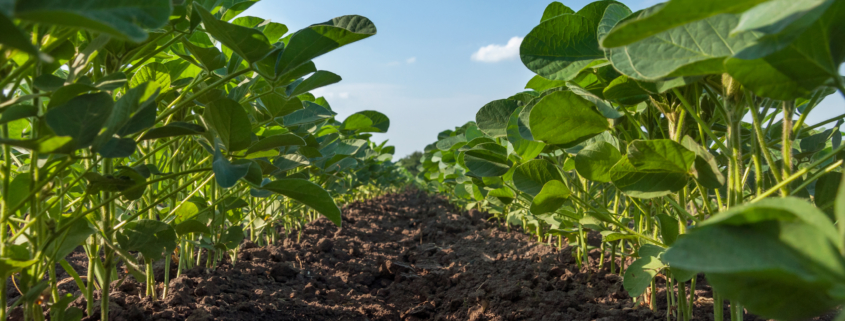Cover Crop Roots Are An Essential Key To Understanding Ecosystem Services
To judge the overall effectiveness of cover crops and choose those offering the most ecosystem services, agricultural scientists must consider the plants’ roots as well as above-ground biomass, according to Penn State researchers who tested the characteristics of cover crop roots in three monocultures and one mixture.
“Almost everything that we know about the growth of cover crops is from measuring the above-ground parts and yet some of the benefits that we want to get from cover crops come from the roots,” said researcher Jason Kaye, professor of soil biogeochemistry. “This study shows us that what we see above ground is sometimes — but not always — reflective of the benefits below ground.”
Cover crops are widely used to increase the quantity of organic carbon returned to the soil between cash crops such as corn, wheat and soybean, as well as to limit erosion and to fix or add nitrogen to the soil.

